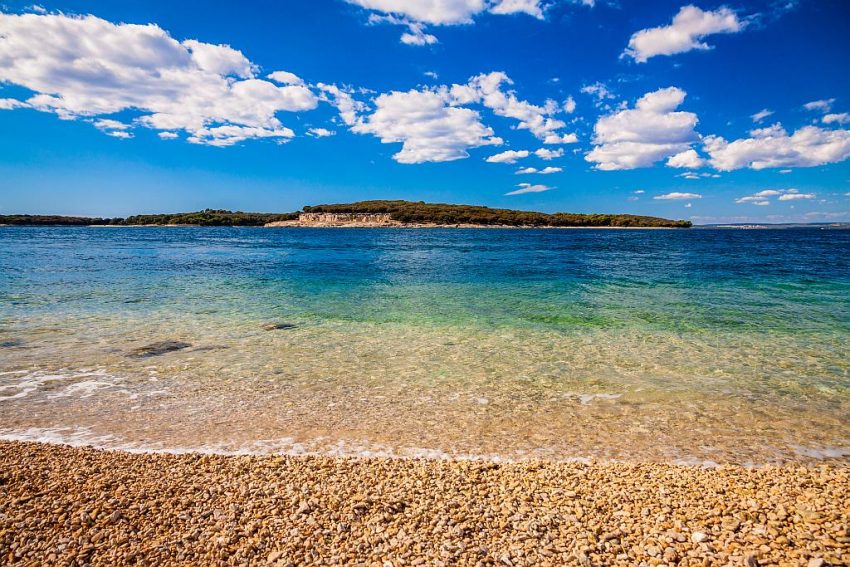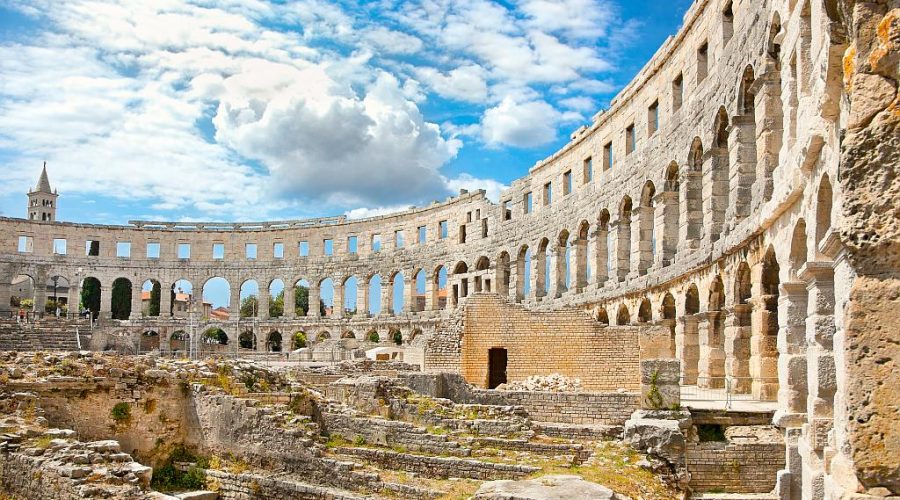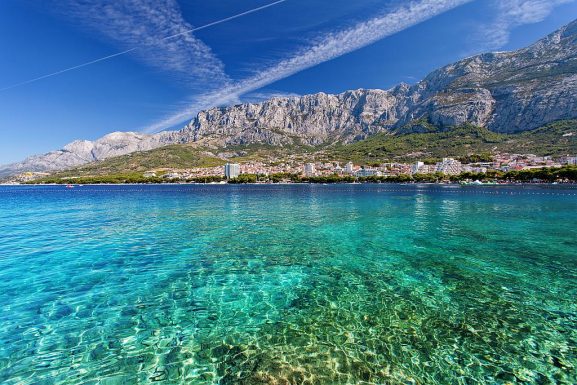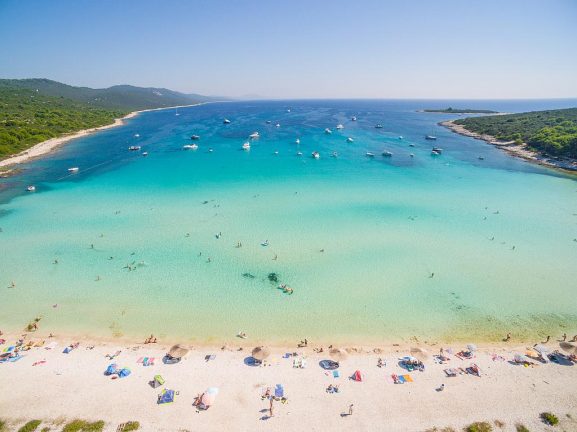Pula
Pula is the largest city in Istria region, Croatia, situated at the southern tip of the peninsula. Known for its long tradition of shipbuilding, tourism, and winemaking, the city also stands out among other larger Croatian cities for the rich and well-preserved Roman architecture, the amphitheater being the most famous and dominant part of it.
Other than its interesting historical background, Pula is a busy city with mild Mediterranean climate, beautiful beaches and a host to many exciting events and festivals, especially during summer.
What to visit
The Arena is surely the most famous and important monument in Pula, but in Croatia as well, due to the fact that is is the sixth largest and one of the best preserved Roman amphitheaters in the world. It is situated outside the old city walls because of its size and it hosts many events such as Film Festival, Opera Season, concerts and much more.
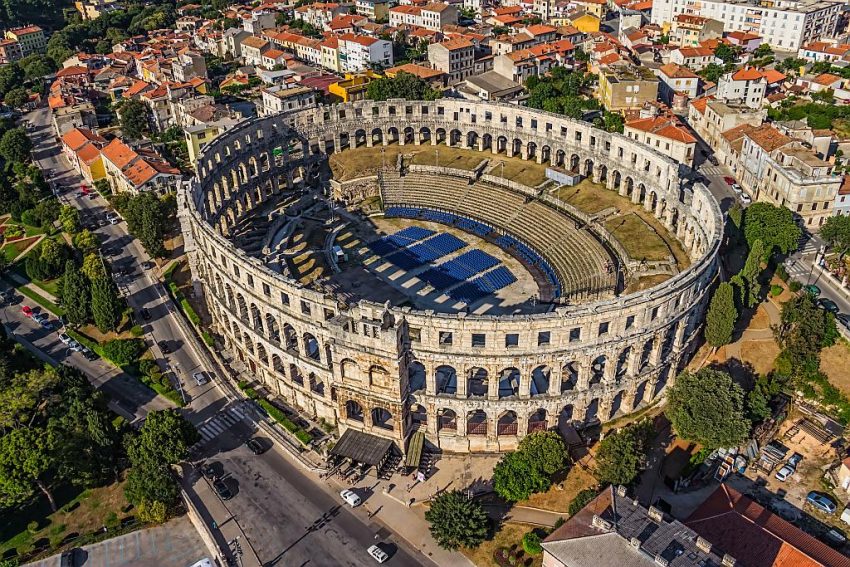
Temple of Augustus, constructed between the year 2 BC and AD 14 and situated in the Forum changed its function a few times during the past: first, it was used for pagan ceremonies, afterward as a church and in the beginning of the 19th century it became a museum.
Arco dei Sergi, another Roman monument, is a triumphal arch that was originally a city gate, constructed as a symbol of victory at Actium.
Aquarium Pula is located in the Austro-Hungarian fortress called Verudela, situated on the peninsula 3 km from the city center. The aquarium is approximately 2000 m2 big and offers a lot to explore. There’s also a unique view of the entire city from the fort’s roof.
Roman Floor Mosaic – impressive floor mosaics have been found in the remains of Roman houses after the World War II and have been well preserved since then, definitely worth seeing!
Zerostrasse is the name of the historical site consisting of underground tunnels built during the World War I to shelter city’s population. Today, it is a touristic attraction and can be walked through, finishing in a photo exhibition that shows early aviation in Pula.
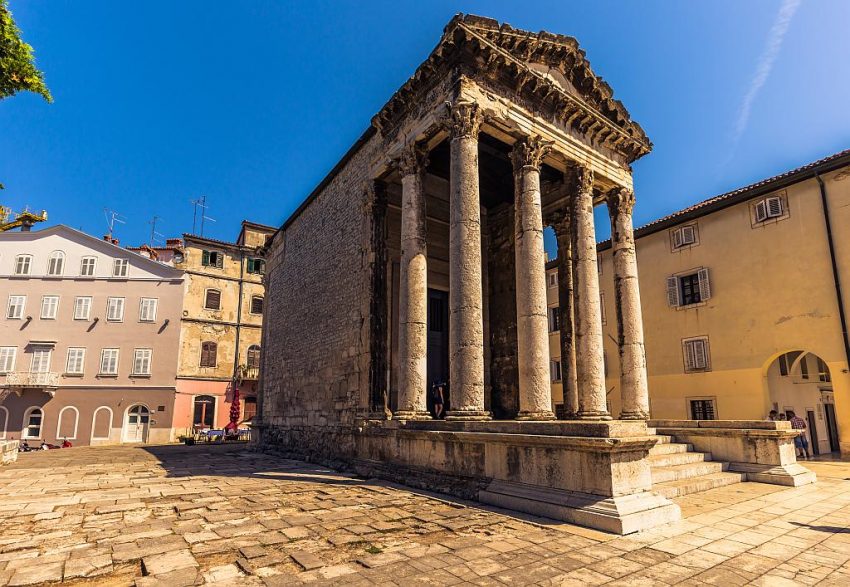
Sport and Recreation
While in Pula, you can try out some of the watersports, such as windsurfing, sailing, diving or fishing or enjoy a simple hike, bicycle ride or do some nature climbing while enjoying the magnificent scenery.
Food
Istrian cuisine is a colorful mix of various influences that accumulated through history – Austrian, Hungarian, Central European, but above all Italian. You can enjoy fresh seafood specialties, a brodetto, Istrian prosciutto which is unique by the way it is prepared, cured and dried in the wind. Then, there is so-called fritaja (scrambled eggs) prepared in many different ways, maneštra (traditional thick soup with potatoes and beans), various types of pasta like fuži, gnocchi, ravioli etc.
For those with a sweet tooth, try out kroštole, fritule or cukerančići. All these delicacies go perfectly together with a glass of good local red wine.
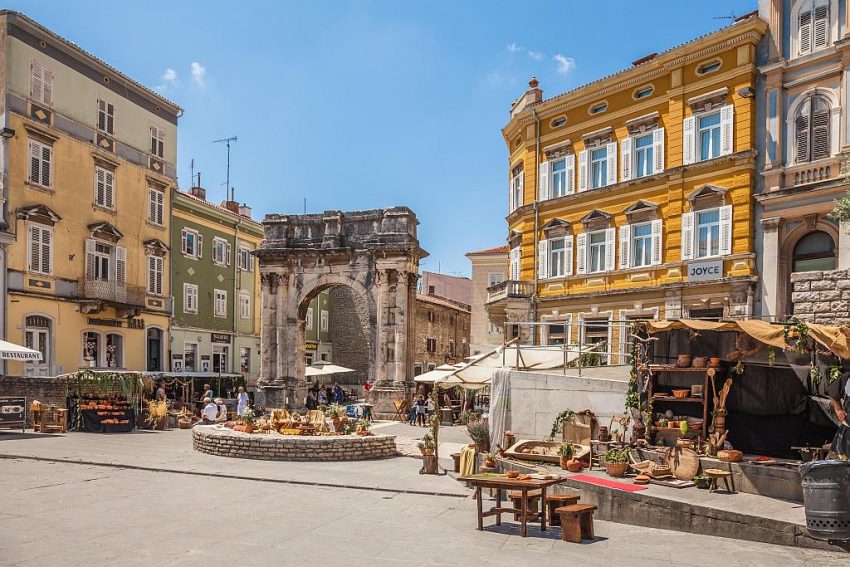
Souvenirs
Other than usual souvenirs like magnets, mugs and postcards, in Pula you can find miniature replicas of its most famous monuments, bukaletas (unique, hand-made and painted earthenware jugs), Istrian lavender, truffles, olive oil or some of traditional regional musical instruments like mih (bellows), sopele and roženice (types of long flute).
Nearby Destinations
So, you’re done with exploring the city, but still kind of curious what lies around it? Take a trip to Premantura, which is situated around 10km from Pula. It is the southwesternmost settlement of Istrian peninsula and nearby cape Kamenjak is something you definitely don’t want to miss if you find yourself in the area. It is under national protection and it makes a perfect place to take a break, soak in the sun and enjoy the untouched nature and clear sea.
Another place ideal for a day trip is the settlement of Vinkuran with its lovely beach surrounded by pine trees and Galizana, place especially interesting to language and linguistics lovers, as their inhabitants used to speak in a dialect that was a mix of archaic Croatian and Medieval Latin, and some words are still in use even nowadays. Brijuni National Park is also a must visit destination as it is one of the most beautiful and inspiring places in Istria.
